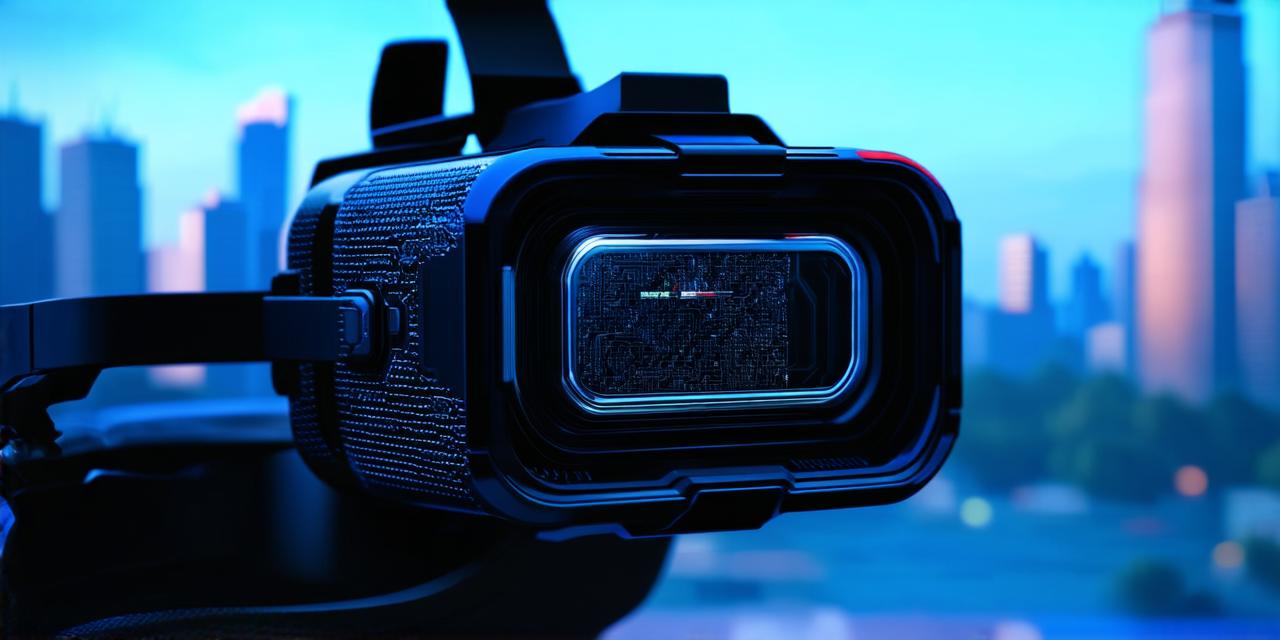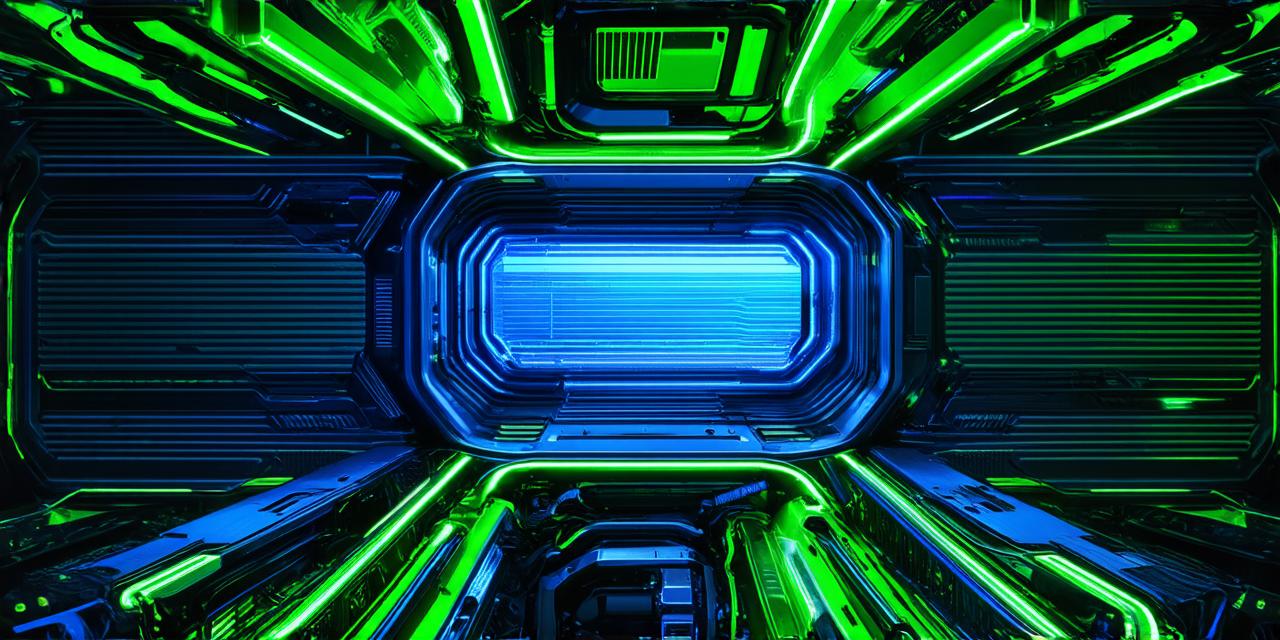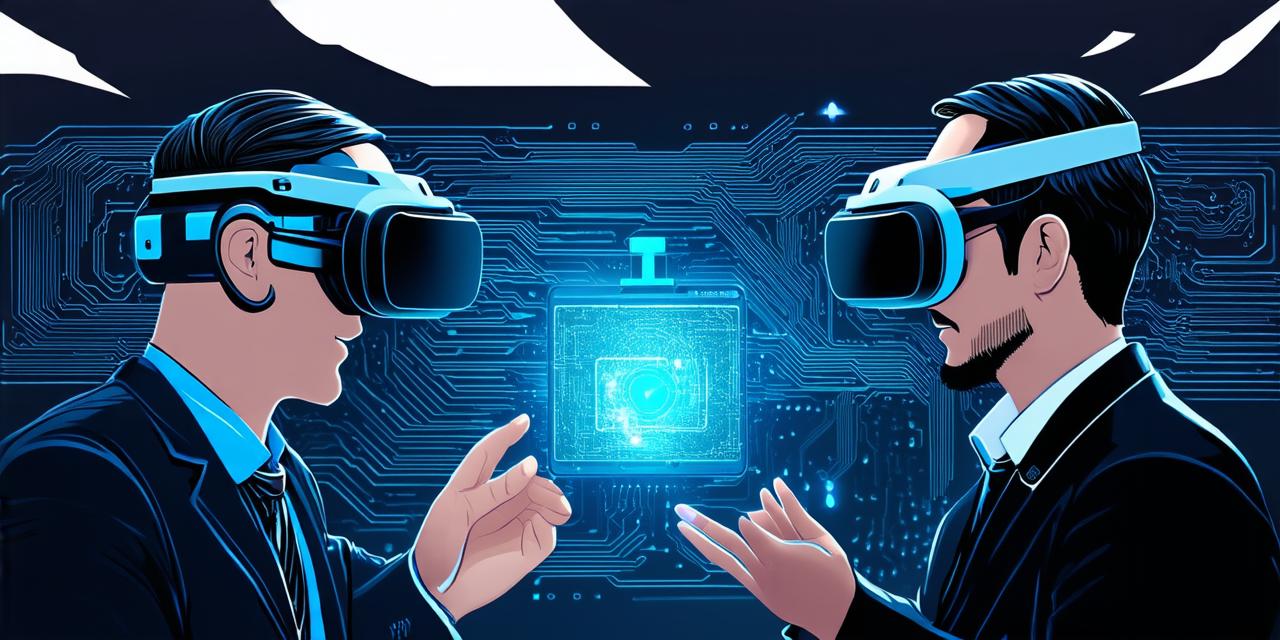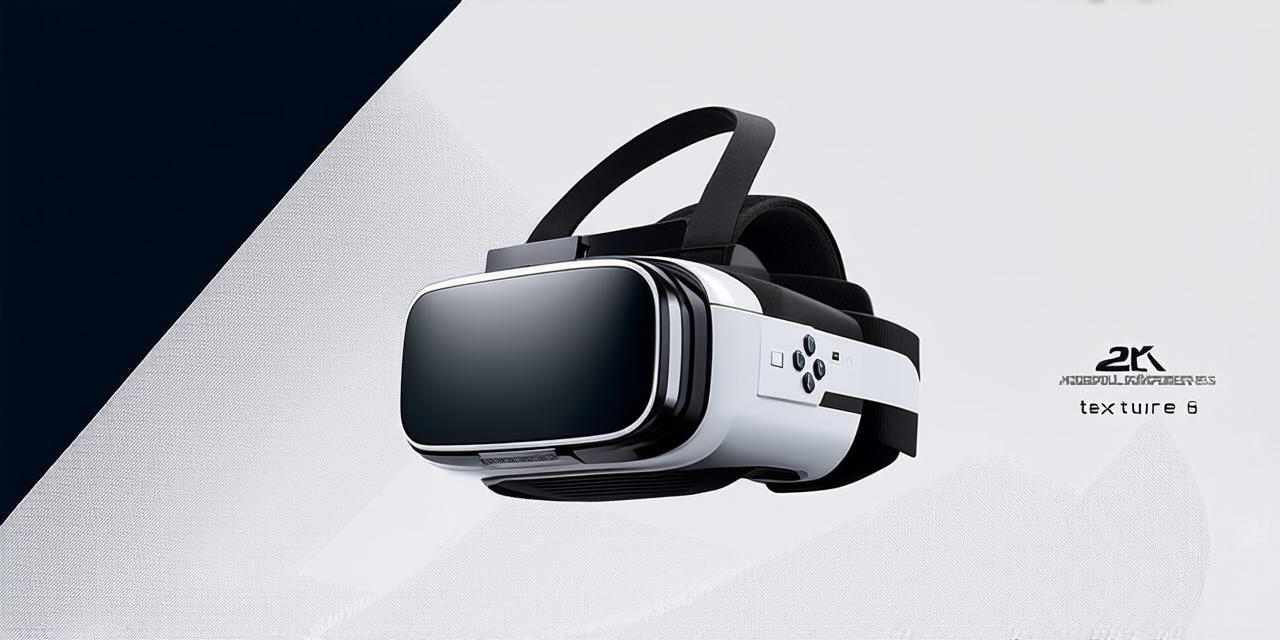Virtual reality (VR) is a technology that allows users to experience a computer-generated environment as if they were actually in it. In other words, VR creates a simulated environment that can be interacted with using specialized devices like headsets, gloves, or full body suits.
Functioning of Virtual Reality:
The main components of a VR system include a display device (such as a headset), motion tracking sensors, and content creation software. The display device displays 3D images that are projected onto screens in front of the user’s eyes. Motion tracking sensors track the movements of the user’s head, hands, or body, allowing them to move within the virtual environment.
Content creation software is used to create virtual environments and experiences. This can include anything from simple games to complex simulations of real-world environments, such as a hospital operating room or a construction site.
There are two main types of VR systems: standalone and immersive. Standalone VR systems, like the Oculus Quest, do not require any external devices to function. They have built-in displays and sensors that allow users to experience virtual environments directly through the headset. Immersive VR systems, on the other hand, require external devices such as a computer or a motion capture suit. These systems are typically used in professional settings, such as training simulations for pilots or surgeons.
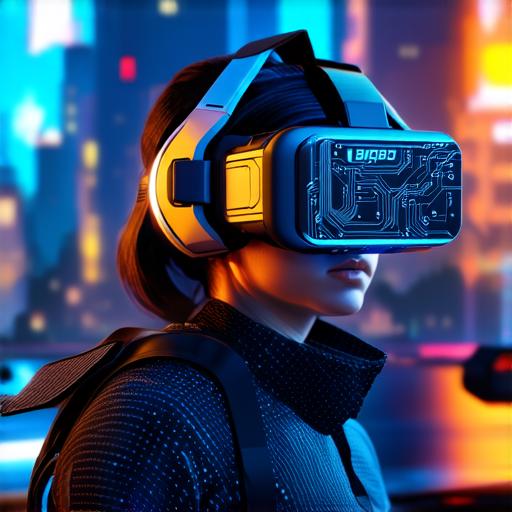
Virtual reality has many potential applications in various fields, including gaming, education, healthcare, and tourism. It can be used to create realistic simulations of real-world environments that allow users to experience them without leaving their homes. For example, a student could take a virtual field trip to a museum or historical site without ever leaving their classroom.
In conclusion, virtual reality is a technology that allows users to experience computer-generated environments as if they were actually in them. It functions through specialized devices and content creation software that track user movements and create immersive experiences. Virtual reality has many potential applications across various fields and is constantly evolving as new technologies are developed.
